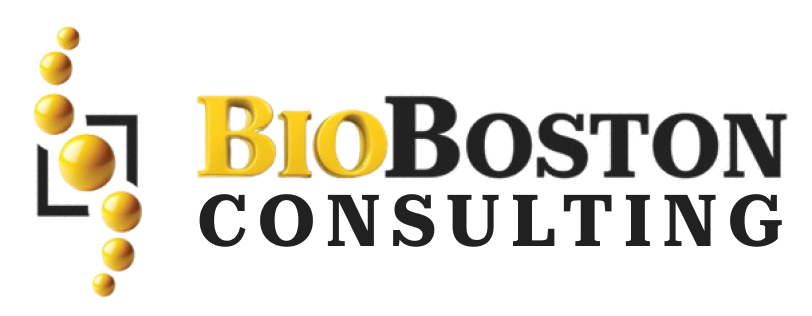In the rapidly evolving landscape of digital marketing within the life sciences industry, one pressing question remains: How cost-effective are digital channels? Traditional methods of calculating the costs of content production and advertising are straightforward, but newer digital channels such as e-Detailing and webinars present a unique challenge. While digital platforms offer numerous KPIs, establishing their direct contribution to sales is far from simple. Many analyses focus on activity levels and sales correlations, but this approach often fails to establish causality. As the sales cycle progresses, these correlations may turn negative, particularly after a product’s peak sales period.
Life sciences companies need a more sophisticated model to measure the effectiveness of their digital sales strategies, especially one that accurately captures causation rather than correlation. This has led experts to develop innovative approaches, such as the Willingness-to-Click (WTC) model, which offers fresh insights into the value digital content delivers to healthcare professionals (HCPs) and its broader impact.
Understanding the Constraints of Pharma Marketing
The pharmaceutical advertising landscape is unique due to several distinct constraints that shape marketing strategies. These constraints differentiate healthcare media and digital marketing efforts from other industries. Notably, the following challenges exist in pharma advertising:
- Patient-Centric Market with Physician as Intermediary
The end purchasers of medications are patients, but marketing efforts focus on healthcare professionals, who play a pivotal role in recommending and prescribing drugs.
- Regulatory Restrictions on Prescription Drug Advertising
Laws such as the PMD Act govern how pharmaceutical products can be advertised, limiting promotional messages to healthcare professionals. As a result, traditional e-commerce features like carts and payments do not apply in this context.
- Regulation of Medication Prices
Drug prices are subject to strict regulations, preventing promotional strategies from including discount offers or cost-effectiveness appeals. This limits the ability of marketers to influence demand through price-based incentives.
- No Direct Consumer Interaction
Unlike direct-to-consumer (DTC) models used in sectors like e-commerce, the pharma market’s goal is to increase brand awareness and enhance professional understanding of medications, not to facilitate immediate purchases through a transaction-based model.
These constraints highlight the complexities faced by pharmaceutical marketers when attempting to measure the effectiveness of digital channels and the returns on their advertising investments.
The WTC Model: A New Paradigm for Pharma Advertising
The Willingness-to-Click (WTC) model offers a transformative approach to evaluating the advertising value in the pharmaceutical industry. By drawing from the principles of value-based pricing—a model widely used in various sectors.The WTC model allows marketers to better understand how content value is shared between advertising companies and healthcare professionals. It highlights the relationship between content value, HCP engagement, and the company’s return on investment.
Value-Based Pricing and Its Application to Pharma Marketing
The value-based pricing strategy has been widely adopted across industries and offers insightful applications for pharmaceutical marketing. Rather than relying on cost-plus pricing, this model emphasizes perceived value and the willingness-to-pay (WTP) of customers—patients, in the case of pharma products. By aligning marketing efforts with the perceived value of a drug, the WTC model helps companies understand the broader dynamics of how their content influences HCPs, and, patient outcomes.
The WTC model mirrors the concept of WTP by showcasing how companies can secure profits based on the value perceived by healthcare professionals. This model operates as a dividing line between the value perceived by HCPs and the price companies set, ensuring that the content resonates with its target audience and yields measurable results.
Embracing the Future of Digital Marketing with BioBoston Consulting
With the pharmaceutical industry’s evolving digital landscape, companies are increasingly turning to innovative models such as the Willingness-to-Click (WTC) model to navigate the complexities of modern advertising strategies. Understanding how content value is perceived and shared between advertising firms and healthcare professionals is crucial in optimizing digital marketing efforts.
At BioBoston Consulting, we specialize in helping life sciences companies develop and refine their digital marketing strategies to ensure measurable and impactful results. With our expertise, we empower you to not only analyze correlation but to establish a clear causal relationship between digital activities and sales outcomes.

